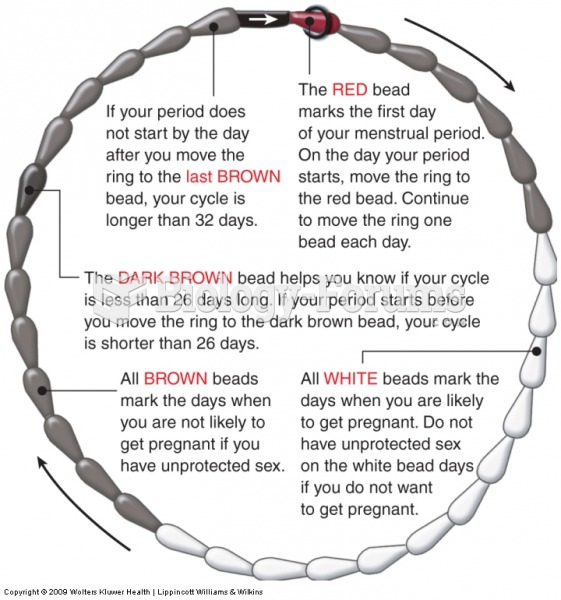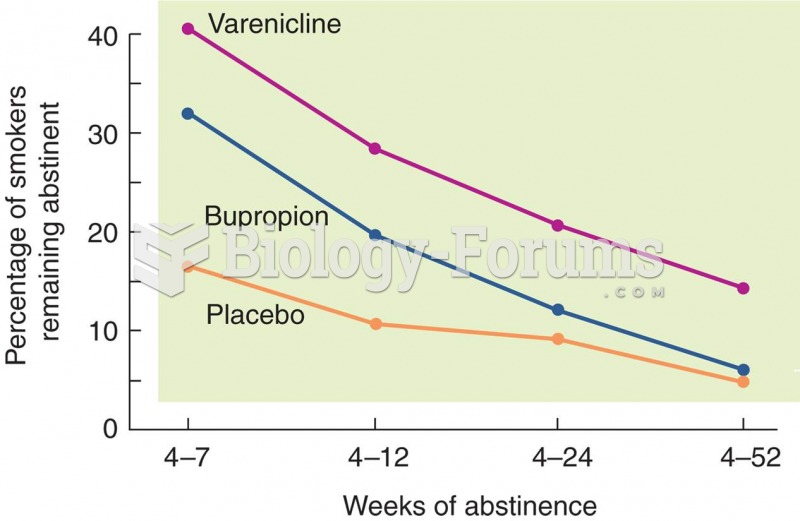Answer to Question 1
ANS: B
The stated research focus will most likely produce exploratory, preliminary information at best, therefore the information gained will have little to no immediate implication for nursing practice.
The stated research focus does not address any noted area targeted as a priority need per the National Institutes of Health (Healthy People 2010) and thus likely to generate funding.
The stated research focus does not imply that previous research has been conducted, thus making this project less likely to have an immediate impact on nursing practice.
As this research focus is not based on previous research, the production of a testable theory for nursing practice as an outcome of the study is unlikely.
Answer to Question 2
ANS: B
The dependent variable is the response, behavior, or outcome the researcher wants to predict or explain. In this example, the outcome is reduced surgical patients' perception of pain and request for analgesics.
The demographic or attribute variables are ones describing the sample. The dependent variable is the response, behavior, or outcome the researcher wants to predict or explain. In this example, the outcome is reduced surgical patients' perception of pain and request for analgesics.
Extraneous variables are ones the researcher is not interested in, but have an effect in the study. The dependent variable is the response, behavior, or outcome the researcher wants to predict or explain. In this example, the outcome is reduced surgical patients' perception of pain and request for analgesics.
An independent variable is a stimulus or activity that is manipulated or varied by the researcher to create an effect on the dependent variable. The dependent variable is the response, behavior, or outcome the researcher wants to predict or explain. In this example, the outcome is reduced surgical patients' perception of pain and request for analgesics.







